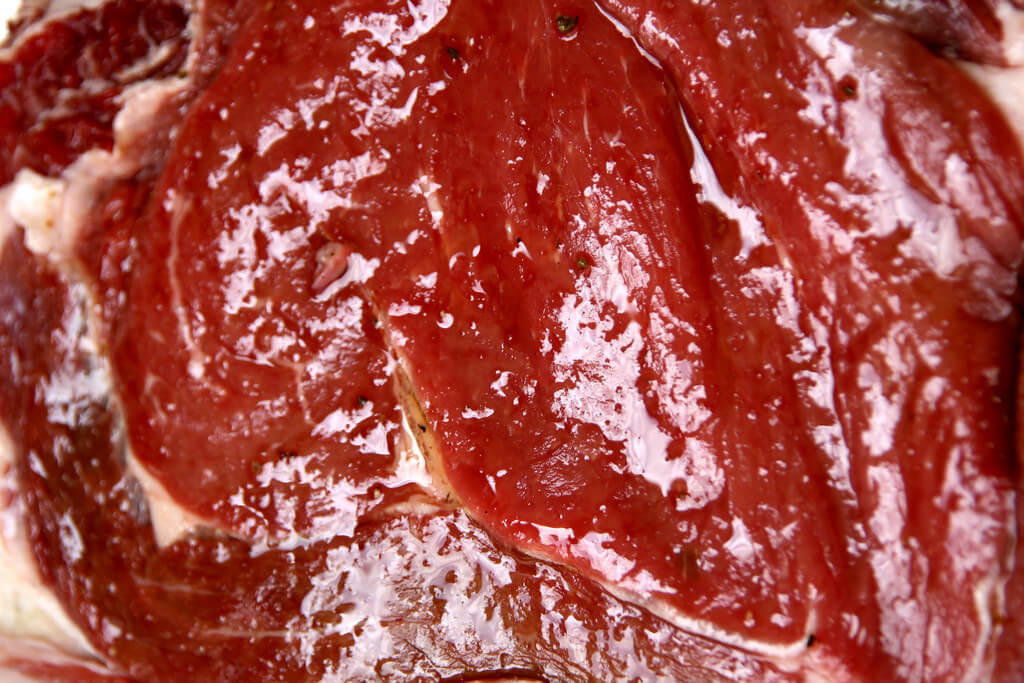By now, you have heard the news this past week about the alarming percentage of meat products adulterated by (various strains) of staph, some of which are antibiotic resistant. I first learned of this problem in 2005, then more in my interviews with various biofilm experts. I’ve also learned there are often many other problematic processes in the food supply chain, each of which can introduce their own unique bacterial biofilm into food. For example, see one of my posts from last year on lettuce washing. By the way, there are more microbes than Staphylococcus aureus in your meat; if that makes you feel any better.
What gets lost in the news is this critical fact: the antibiotic resistance “learning process” occurs more readily when microbes “talk to one another” within bacterial biofilm communities. This dynamic, fluid process of horizontal gene transfer is stunningly complicated for us humans to comprehend, but bacterial communities have been doing this for eons. It’s one of the many ways these critters figured out how to survive for three billion years. Defense in numbers. In slime. In diversity.
But I digress. Here’s an excerpt from my interview with Dr. Nicolas Loebel from Ondine Biomedical on this subject:
“The science of photodynamic therapy is actually rather old. It predates World War I and it has been somewhat overshadowed by the development of antibiotics. Antibiotics, as you know, are a very big business. Very important to human lifespan extension; and have a very important place to play in today’s clinical armamentarium. No one would ever imply in this company that antibiotics aren’t important.
However, antibiotics should be used judiciously and they are being used non-judiciously with a result that, in many cases, antibiotic resistance has caused problems we can’t solve. In particular, antibiotics are used as growth promoters in livestock.
So, whether or not the animal has an infection requiring the antibiotic is immaterial. The antibiotic is used because the animals grow fatter, faster, and can fetch a better price at market. Well, if you look at the way bacteria can learn from other bacteria, this process whereby we feed our animals for food product antibiotics is dangerous, because the microbes in that animal learn to defeat the antibiotics, they are then ingested by you, and those bacteria can teach the ones in you how to defeat that antibiotic. That is not an approach of DNA exchange that humans participate in. That is a unique process that bacteria can participate in. We can see a process of transduction – where bacteria can learn this genetic level information, conjugation – where they can learn it from other bacteria, and transmutation…other forms of borrowing of these bacterial threads of information…”
I still eat meat. I am just much more careful about which products I select. So what can you do about this? Well, here are a few ideas to noodle:
- Eat less meat. Or no meat. If you do eat meat, make sure no antibiotics were used in the supply chain. It’s not easy to verify all these steps in the supply chain, even by carefully reading packaging or calling the food supplier. Expect to invest some time in the process of learning.
- Now apply your lesson from #1 to other foods you may eat, since antibiotics are used in seafood production and even find their way into non-meat, non-seafood foods. I told you it aint easy!
- Complain to your grocery store manager after reading up on this complex issue. After all this work, you’ll be exhausted. So get a massage and a glass of red wine. There’s no meat or antibiotics in red wine — as far as I know.
